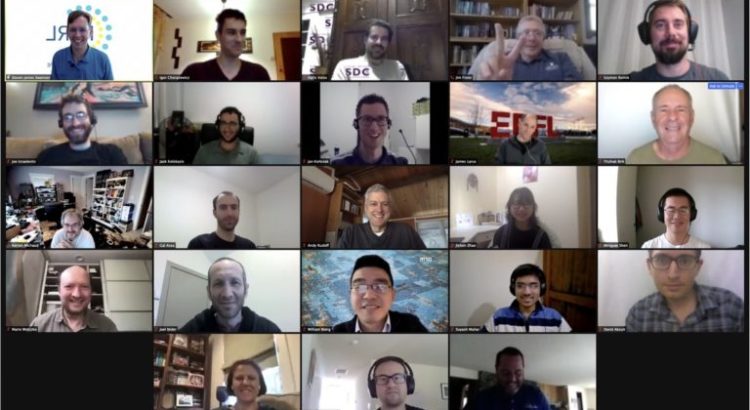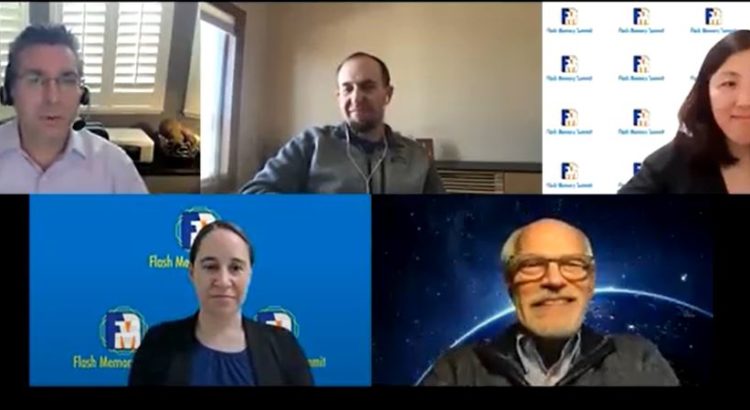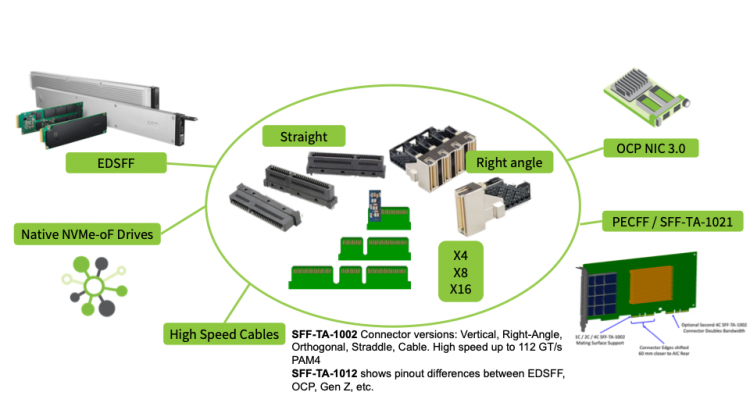Computational storage has arrived, with real world applications meeting the goal of enabling parallel computation and/or alleviating constraints on existing compute, memory, storage, and I/O. The SNIA Computational Storage Special Interest Group has gathered examples of computational storage use cases which demonstrate improvements in application performance and infrastructure efficiency through the integration of compute resources either directly with storage or between the host and the storage. First up in the SNIA Computational Storage Demo Series are our SIG member companies Eideticom Communications and NGD Systems. Their examples demonstrate proof of computational storage concepts. They also illustrate how SNIA and the Compute Memory and Storage Initiative (CMSI) member companies are advancing the SNIA Computational Storage Architecture and Programing Model, which defines recommended behavior for hardware and software that supports computational storage.
The NGD Systems use case highlights a Microsoft Azure IoT System running on a computational storage device. The video walks through the steps to establish connections to agents and hubs, and shows how to establish event monitors and do image analysis to store images from the web into a computational storage device.
The Eideticom Communications use case highlights transparent compression via a stacked file system and a NVMe-based computational storage processor. The video walks through the steps to mount a no-load file systems, and run sys admin commands to read/write files to disk with compression illustrating speed and application transparency.
We invite you to visit our Computational Storage Use Cases page for these and more examples of real world computational storage applications. Questions? Send them to askcmsi@snia.org.









